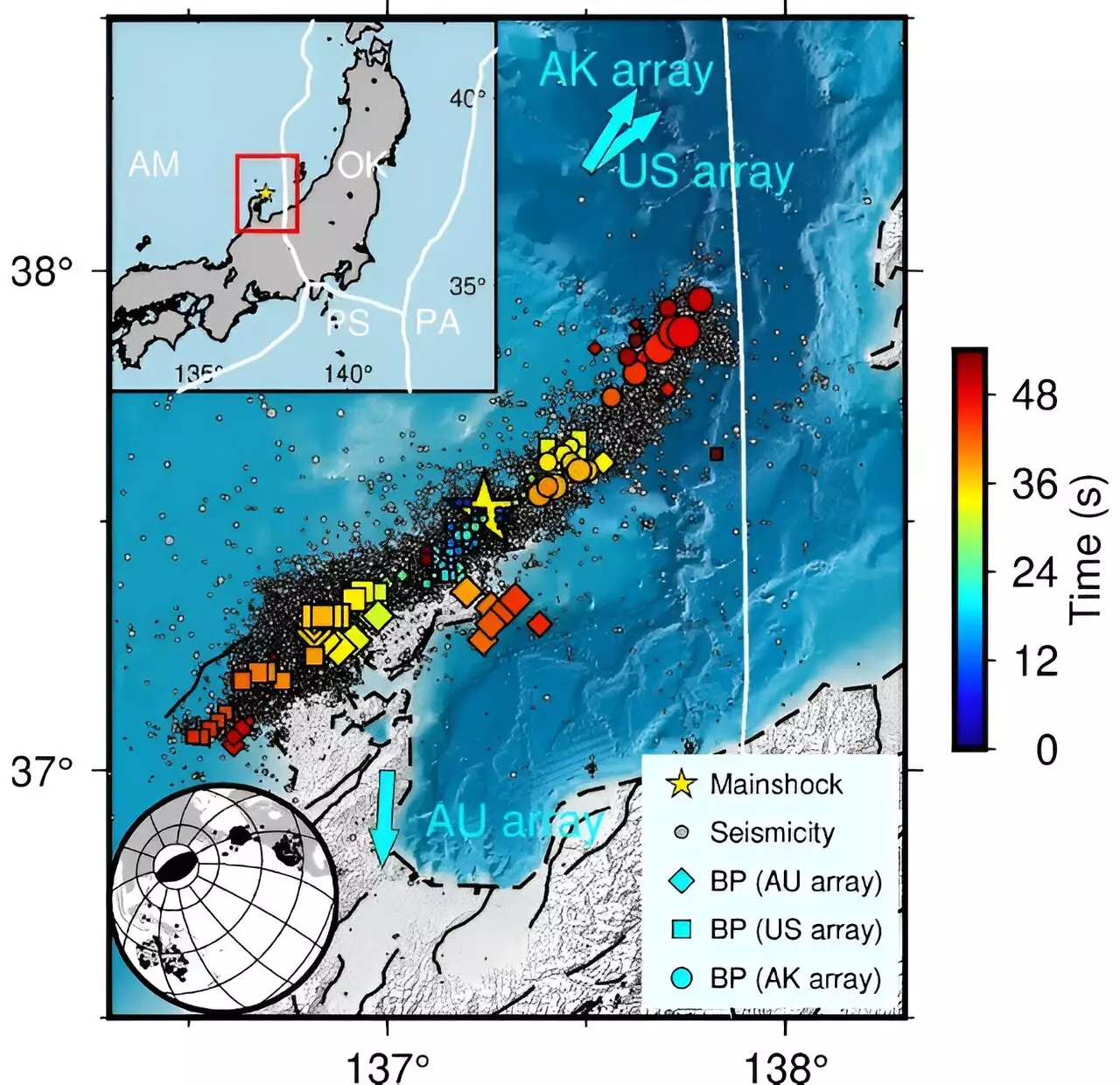The year 2024 began with a significant event that set the tone for what would follow throughout the rest of the year. A magnitude 7.5 earthquake rocked Japan’s Noto Peninsula on New Year’s Day, claiming the lives of over 280 individuals and causing damage to more than 83,000 homes. However, what is truly fascinating is the discovery made by geologists regarding the unique nature of this earthquake. It was found that the seismic rupture began almost simultaneously at two distinct points on the fault line, resulting in what is referred to as a “dual-initiation” mechanism. This dual initiation applied immense pressure, encircling and ultimately breaking through a resistant area on the fault known as a barrier.
Earthquakes are the result of fractures in the Earth’s crust, known as faults, that enable blocks of rocks on either side of the fault to move past each other. This movement is not continuous and is localized due to the uneven and rough nature of the fault line, which dissipates energy and halts movement. Barriers within faults act as rough areas that temporarily lock the fault in place, absorbing the energy of fault movement. However, there are limits to the amount of energy a barrier can absorb, and under specific conditions, the stored-up energy can lead to violent ruptures and strong shaking.
Preceding the Noto earthquake were intense seismic swarms, sequences of numerous small earthquakes that can, in some cases, lead to larger catastrophic events. Through the use of advanced seismic and geodetic technologies, researchers meticulously analyzed the movements within the Earth during these swarms that ultimately resulted in the earthquake. By identifying previously unknown barriers in the region of the earthquake swarm, the researchers were able to understand the relationships between the swarm of smaller tremors and the larger earthquake that followed.
The exploration into the Noto earthquake revealed a fascinating aspect known as the dual-initiation mechanism. This mechanism, where the earthquake begins in two separate locations on the fault line nearly simultaneously, has been likened to bending a pencil on both ends until it snaps in the middle. This finding was particularly surprising as dual initiation processes are more commonly observed in simulations rather than in nature. The ability to observe this phenomenon was made possible by the combination of data from seismic monitoring stations, GPS, and satellite radar. The detailed analysis of this fault, made achievable through a vast amount of data, uncovered the intricate details of the dual-initiation process.
The significance of the discovery of dual-initiation mechanisms in earthquakes extends beyond just understanding the mechanics at play. It sheds light on the complex nature of earthquake initiation and emphasizes the critical conditions that can lead to large-scale seismic events. Earthquakes with dual epicenters pose a higher risk for stronger shaking due to the increased movement involved. Moving forward, researchers aim to consider future scenarios to better comprehend the conditions and probabilities of earthquakes with dual-initiation mechanisms. This further highlights the need for improved imaging and resolution in earthquake research to potentially identify more occurrences of this nature in the future.


Leave a Reply